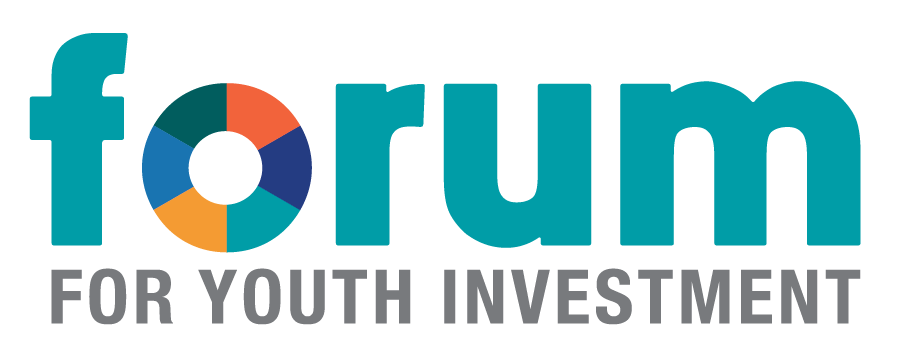3 Ways States Can Maximize Medicaid as Sustainable Funding for Youth-Serving Systems
December 6, 2023
Youth mental health has taken a major hit over the last several years. Data from the Centers for Disease Control and Prevention’s Youth Risk Behaviors Study in 2021 shows that more than a third of high school students experienced mental health challenges during the pandemic, while 44% reported feeling persistently sad or hopeless in the prior year. Additional data from the CDC shows that youth mental health was already on the decline prior to the pandemic, which only served to exacerbate the issue.
As states look for ways to support children, youth, and families with mental health challenges, funding has been a major source of concern. The American Rescue Plan Elementary and Secondary School Emergency Relief Act (ARP ESSER), signed in March 2021, allocated an unprecedented $1.9 trillion in support to states. States and school districts leveraged these funds for various purposes, including supporting student mental health.
As those funds begin to gradually decrease and end in 2024, states are turning to other sources of funding to sustain efforts to support youth mental health. One avenue states can explore is how to maximize the use of Medicaid. Below are three examples of strategies used by state and local programs to leverage Medicaid in schools, community-based settings, and administratively.
- Expanding School Medicaid Through a State Plan Amendment. In 2014, the Centers for Medicare and Medicaid Services rolled back the “Free Care Rule,” which limited -based health services that could be reimbursed through Medicaid. This allowed states to provide health services to all Medicaid-enrolled students, regardless of whether they had an Individualized Education Plan, or whether the services were provided to all students. As of 2023, 25 states have amended their Medicaid State Plan to expand school Medicaid services. New Mexico became one of the most recent states to expand school Medicaid services, getting their state plan amendment approved in May 2023.
- Expand Medicaid to Out-of-School Youth-Serving Programs. In addition to expanding Medicaid coverage for school-based health services, there is also the opportunity to expand access to health services in community-based settings. A prime example of this innovative approach was showcased by the Boys and Girls Club of Southern Nevada. There, staff collaborated with state policymakers to navigate the policy and rule landscape to allow them to provide youth mental health services on-site. The approach is highlighted in the Forum’s most recent policy brief, How Nevada Leveraged Medicaid for Community-Based Youth Mental Health Services.
- Maximized Medicaid Administrative Claiming. Medicaid pays for both direct services and the necessary and appropriate administration of Medicaid, which can include linking services, educating the public, outreach, and enrollment. Medicaid Administrative Claiming (MAC) allows states to find additional state funds not already dedicated to direct services or federal match and does not have to be tied to the specific agency administering Medicaid. One example of MAC in action is New Mexico, where the state human services agency was able to increase revenue by $4 million through revised Medicaid claiming.
Whether looking to fill the upcoming gap left by COVID relief funds, seeking opportunities to expand youth mental health services, or recouping the cost of administering services, Medicaid is a sustainable and accessible source of funding. Fully maximizing the use of Medicaid is a critical strategy for states addressing mental health across youth-serving systems.
